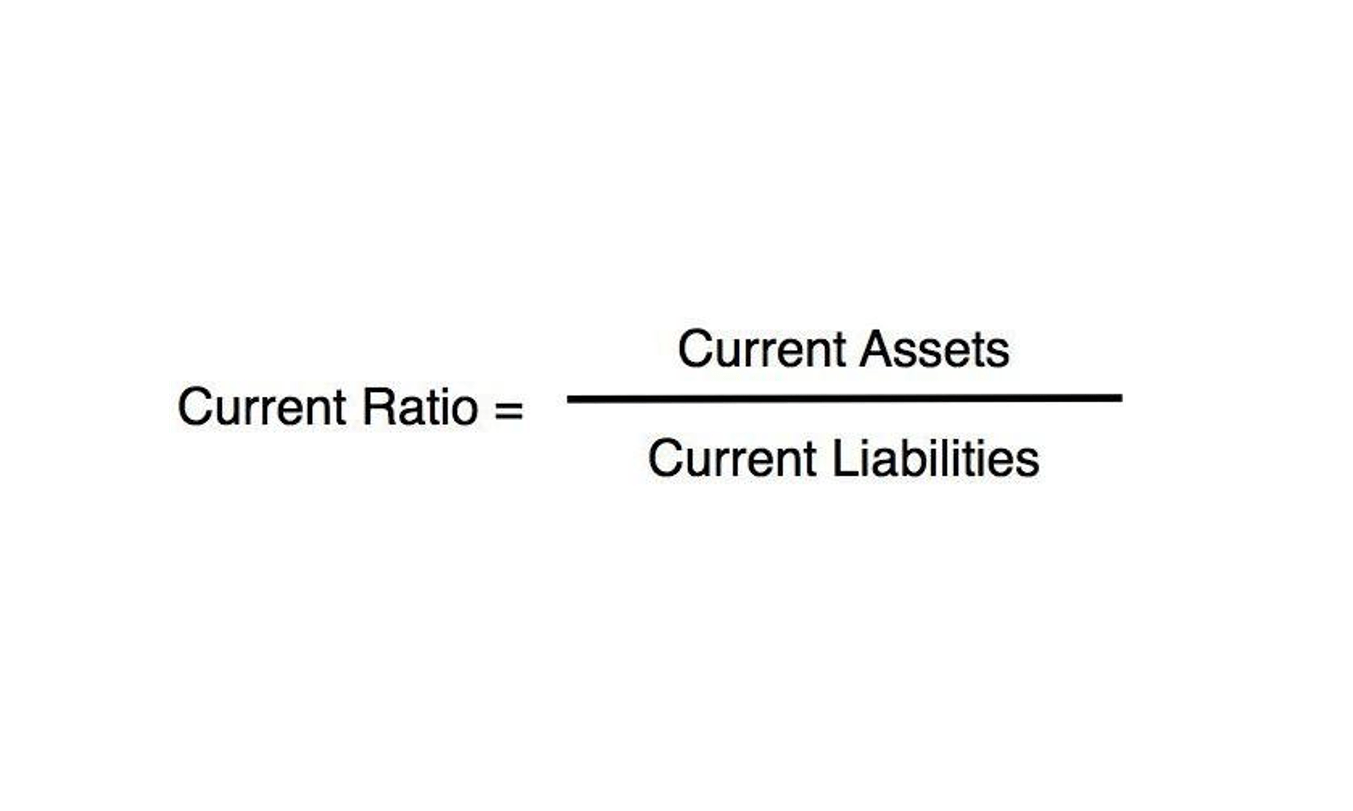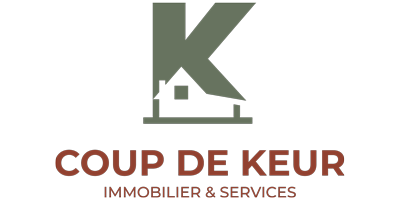
Profitability – Inappropriate capitalization or errors in accumulating project expenses can undermine income statement accuracy. Such detailed records enable construction firms to closely track cash outflows, analyze expense trends, improve decision-making, and enhance audit readiness. The journal entry for WIP includes debits to WIP inventory for the costs of direct materials, direct labor, and manufacturing overhead. The credits are to accounts like raw materials, factory wages payable, and factory overhead. Overbilling can result in strained client relationships, disputes, or even legal issues.

The Process of Transferring CIP to Fixed Asset Accounts
- It involves dividing the asset’s cost by its useful life and allocating an equal amount of the cost to each accounting period over the asset’s life.
- Utilizing tools like Microsoft Power BI or Tableau can enhance these reviews by offering visual analytics and dashboards that make data easier to interpret.
- Utilizing purpose-built software solutions can greatly enhance CIP accounting and management.
- An accountant will report spending related to the construction-in-progress account in the “property, plant, and equipment” asset section of the company’s balance sheet.
- Join us on this journey as we navigate the intricacies of construction in progress accounting and learn key strategies for success in construction financial management.
- At such times, it is better to switch to more advanced software and accounting methods like construction in progress accounting to ensure your business doesn’t lose its grip on finances.
For a construction firm that makes a contract to sell fixed assets, the objective is the same. According to the how is sales tax calculated matching principle of accounting of accrual accounting, the expenses related to certain revenues must be recorded in the same period when they were incurred. All the costs of assets under construction are recorded in the ‘Construction In Progress Ledger Account.’ They are shifted to the asset side of the balance sheet from the ledger. Construction in progress, or most commonly known as CIP, is a fixed asset account with a natural debit balance. CIP appears under the Property, Plant, and Equipment (PP&E) section, reflecting the value of ongoing construction projects.

Efforts Expended Method

This collaborative approach helps in identifying and addressing problems early, thereby reducing the risk of delays and cost overruns. These challenges can result in financial inaccuracies that disrupt project timelines or budgets. Businesses should focus cip accounting on implementing systems that automate these processes to ensure efficiency and reduce the risk of errors. In the exhibit, earned revenue is calculated as the total estimated revenue for a project, multiplied by the percentage complete.
- However, you must know that the nature of costs and revenues in every construction contract varies.
- The basis for the effort expended can be labor hours, the material used, or machine hours.
- As technology continues transforming construction industry operations, CIP automation is becoming an imperative.
- Construction work-in-progress assets are unique in that they can take months or years to complete, and during the construction process, they are not usable.
- These challenges can result in financial inaccuracies that disrupt project timelines or budgets.
- Optimize your construction project’s financial health with effective CIP accounting strategies and insights for modern multi-project environments.
The Critical Role of Construction CPAs
CIP accounts continue to accumulate costs related to design and planning activities, including architectural and engineering fees. The most common capital costs include material, labor, FOH, Freight expenses, interest on construction loans, etc. Detailed documentation—receipts, invoices, records—is crucial for accuracy and audit readiness. This ensures the project’s financial history is fully https://www.bookstime.com/ captured, simplifying auditing and compliance. Recording these expenses as assets creates a complete record of capital investment throughout the project.

Summary of CIP Accounting

No depreciation expense is recorded until the asset is placed in service upon completion of construction. Construction in progress costs are expensed by debiting the CIP asset account and crediting accounts like cash, accounts payable etc. as costs are incurred. Once construction is complete, the asset is reclassified from CIP to a fixed asset account like buildings, where it begins to be depreciated. To overcome these challenges, construction companies must prioritize the implementation of proper construction work-in-progress accounting practices. This includes employing robust financial management systems, ensuring accurate cost-tracking mechanisms, and maintaining transparency through regular and accurate financial reporting.
- Complex construction projects involve numerous stakeholders, supply vendors, streams of expenses, and documentation.
- The POC method recognizes revenue based on the proportion of work completed to the total project scope.
- For instance, if a project is 60% complete, 60% of the total contract revenue can be recognized.
- Detailed documentation—receipts, invoices, records—is crucial for accuracy and audit readiness.
- This account typically contains the costs of labor, materials, and overhead incurred during a construction project.
- On the other hand, construction in progress refers to the costs incurred during the construction phase of a project before its completion.
CIP accounting also ensures transparency with clients and helps a company make effective decisions that affect the bottom line. Allocating costs is a crucial aaccountingspect of construction-in-progress (CIP) accounting. It involves assigning expenses incurred during a construction project to the appropriate asset account systematically and accurately. CIP accounting is important to a construction company’s accounting system software because it allows businesses to track the progress of a construction project and monitor its costs.
